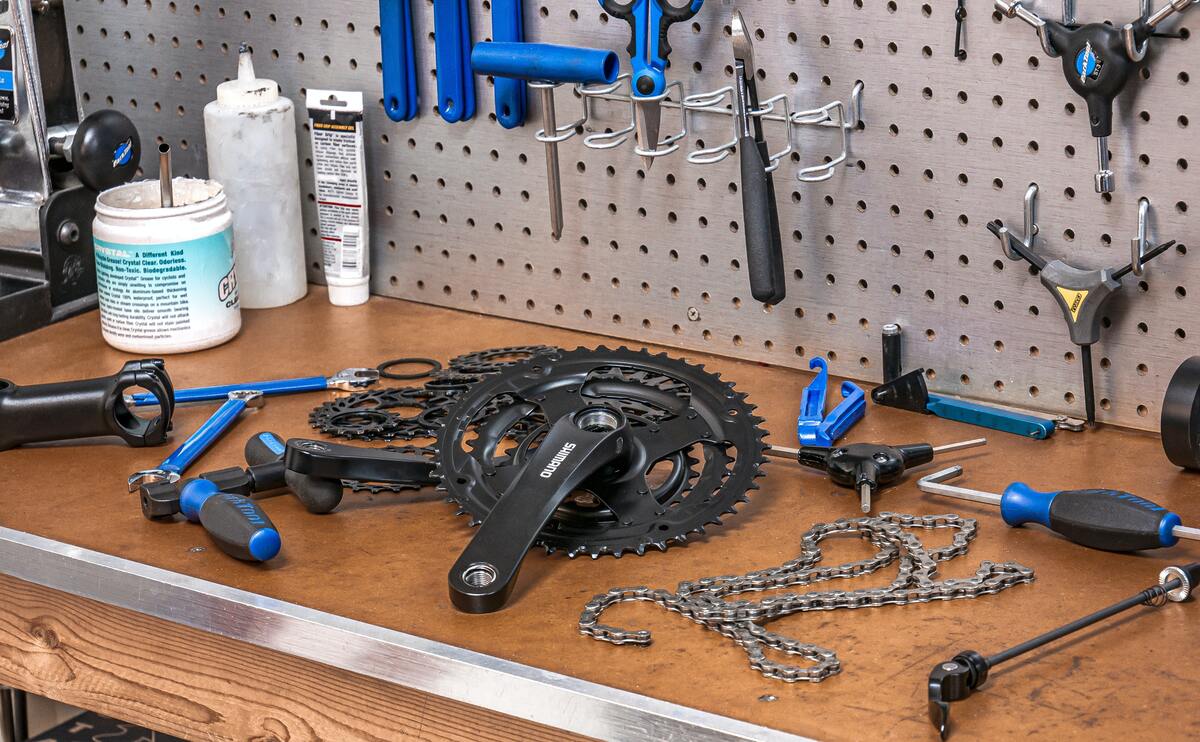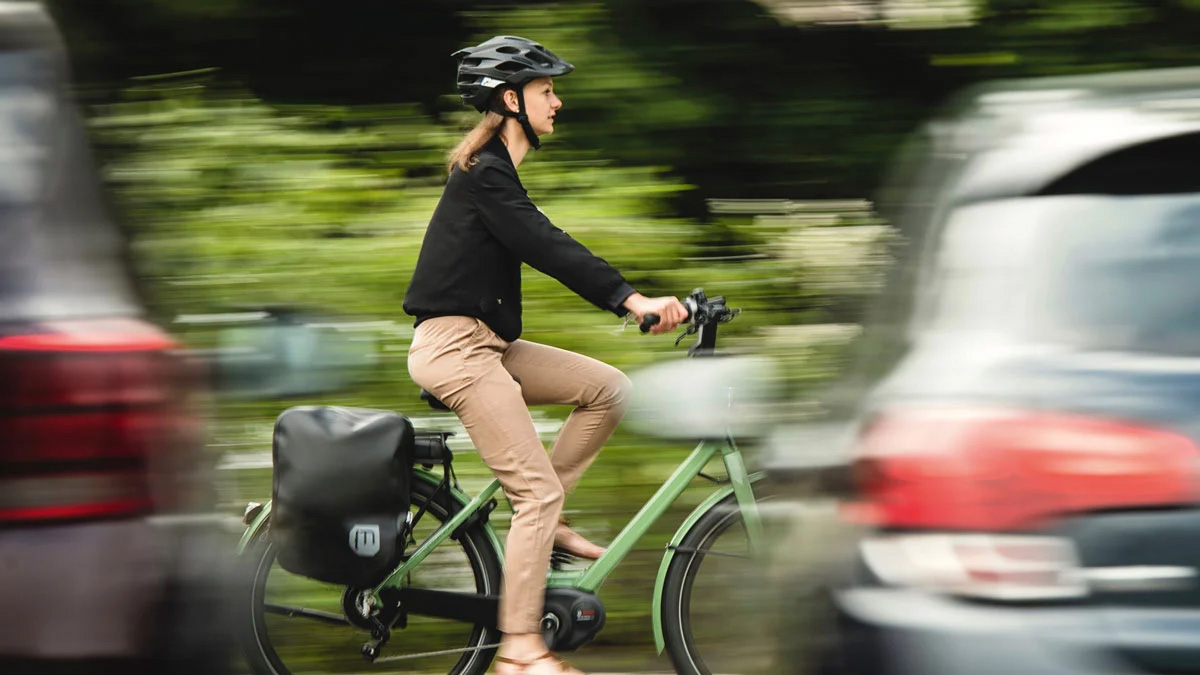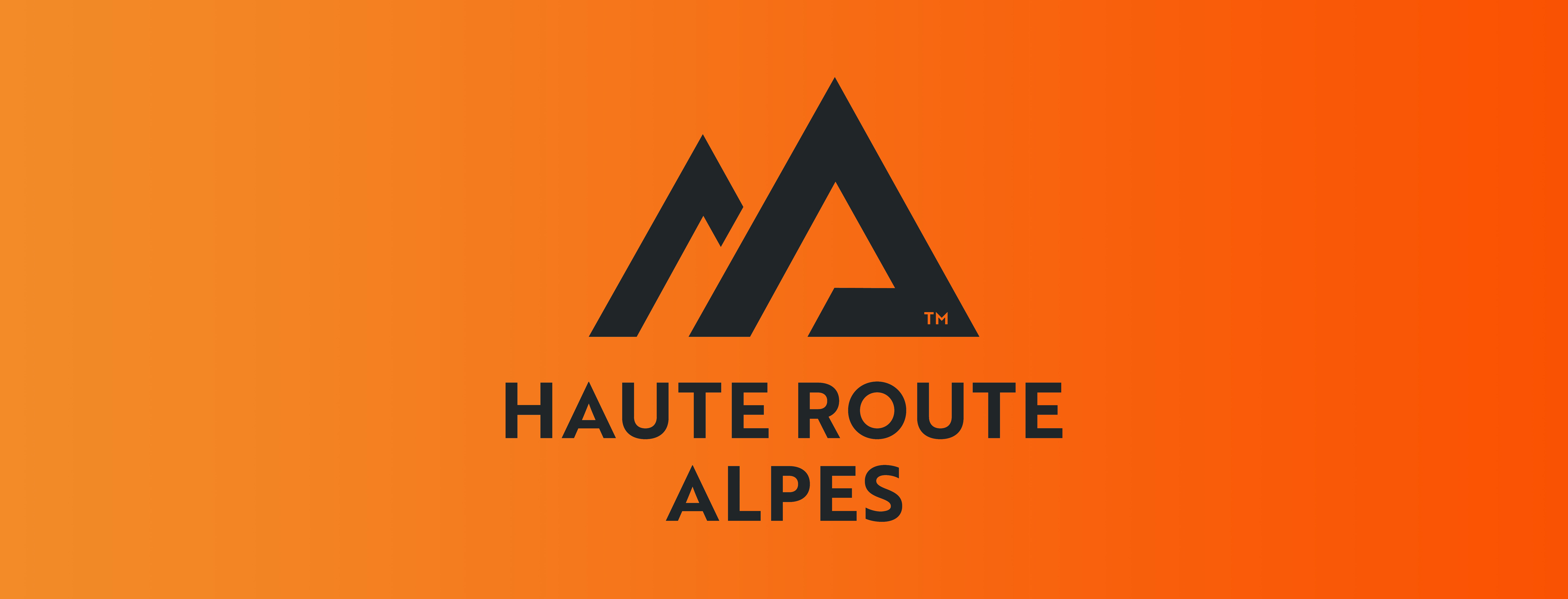THE BICYCLE SHORTAGE IN QUEBEC
The hidden consequence of COVID-19
For Sophie and Antoine, who want to start commuting this fall, finding a bike is quite the task. In all five stores they've visited, they were told the same thing: "All our bikes for 2021 are sold out", "we only have very small or very large models in store" or "the best option would be to pre-order for 2022."
Exasperated, they come to the conclusion that it will not be possible for them to get a bike, and that they will have to rely on the various bike-sharing services available in their city to avoid using a car, and hopefully getting some fresh air before work
How can we explain this shortage of bicycles affecting the whole world? Quilicot took an interest in this question in order to identify the causes of this problem. Also, we will suggest some tips in order to be sure you get your hands on a bicycle this upcoming year.

THE FIRST PHASE OF THE SHORTAGE: LET’S GO, LET’S RIDE!
March 2020: the world was plunged into uncertainty. Gyms being closed, and not knowing how long the first lockdown would last, people saw cycling as a way to stay fit and get around, without using public transportation. The government's permission to keep bike stores open made them a rare place to stock up on sports equipment.
In the manufacturing countries, the need to close factories and stop production came at a time when demand was the highest in North America and Europe. Retailers had to rely on the inventory they had on hand.
Summer 2020. The consequences are numerous: slower delivery time and reduced quantity of bikes on offer led to an exacerbation of the demand for bikes in both the new and second-hand market.
AN ENDURING SHORTAGE
During 2020 Summer, retailers had no choice but to try to meet the demand by putting on the market bikes destined to be released in 2021. Therefore, it was possible for some lucky customers to get their hands on models a year in advance. At that time, nobody knew how long the health crisis would last. Even more than a year after the first cases of COVID-19 in Quebec, we are still in a shortage situation.
FEW BIKES, BUT NO PIECES
As of now, frame production is no longer the reason for the constant difficulty in finding a bike; the issue is finding components. For the first time, SRAM and Shimano factories, even operating 24/7, can't keep up with the demand.
What is the role of repairs in all of this?
The problem that affects the production of parts has a considerable impact. To date, the majority of parts procuded are being installed on new bikes. For retailers, it means that finding parts for repairs—such as chains and brake calipers etc—becomes quite the challenge. For instance, back orders for handlebars, wheels and rear derailleurs have dramatically increased, the approximate delivery date for the latter gas far as late 2022.

HOW MUCH LONGER WILL IT LAST?
Although the scarcity of products seems to continue, it should be noted that the situation can vary from month to month. It is possible to find bikes in stores for a short period of time and for the inventory to drop drastically after a few weeks. According to journalists closely following the situation, it could take a little more than 5 years to restore stability.
Any solutions?
Although the situation is unpleasant for both customers and retailers, there are certain actions that can be taken to limit the impact of the crisis, to get a bike and hopefully to enjoy an agreeable shopping experience:
- Pre-order: if you don't need a bike immediately, pre-ordering is the best way for you to get one. In addition, this allows the retailer to better manage inventory and ensure a consistent supply.
- Stay open: store consultants are the most knowledgeable about the flow of merchandise. By providing them with a list of your preferences, and desired price range, they will be able to suggest the best bike for you based on its availability.
- Shop during the off-season: with winter approaching, many products will be restocked, not to mention that new ones will be introduced.
- Buy local: if the pandemic has shown us one thing, it's just how talented canadian manufacturer are. Not only their products are often more readily available, but purchasing them also help the local economy.
IN CONCLUSION
Finally, let's be positive for a moment: there are now more people than ever cycling, which incentivize cities to adopt bike-friendly policies and develop more infrastructures, which in turn will lead to a decline in car use. The pandemic forced us to change our habits, for the better.

Finally, after talking to a representative, Sophie and Antoine finally found a gravel bike. Instead of just using it for commuting purposes, they can now enjoy weekends riding on the winding roads of the Eastern Townships.



The information below is required for social login